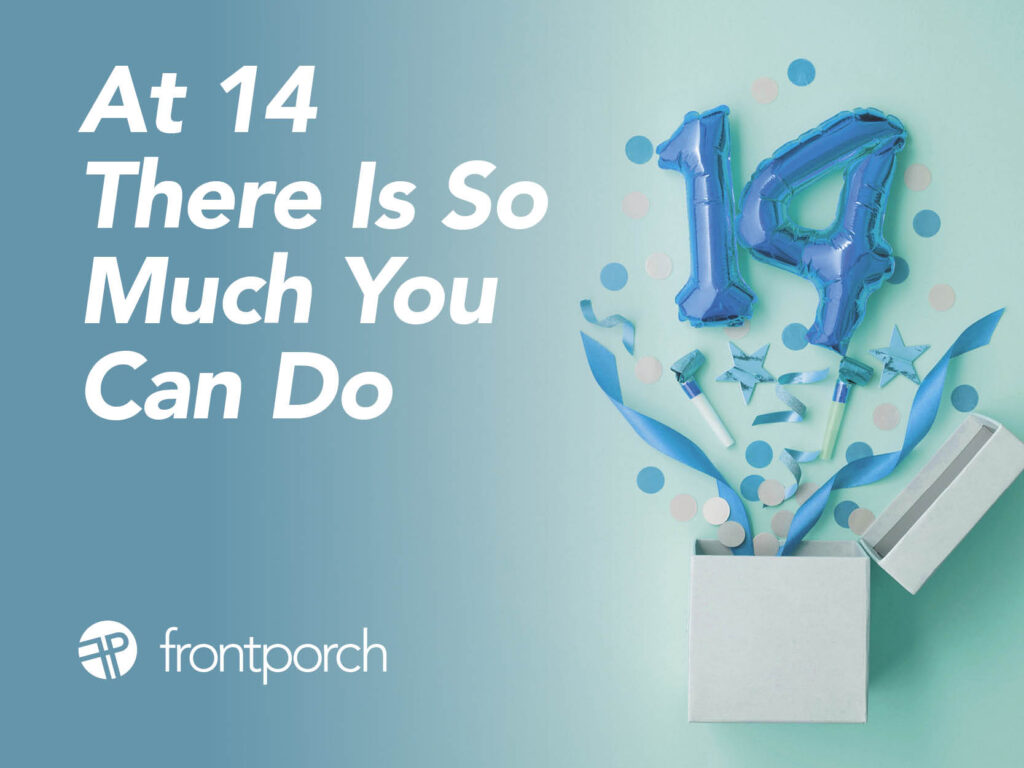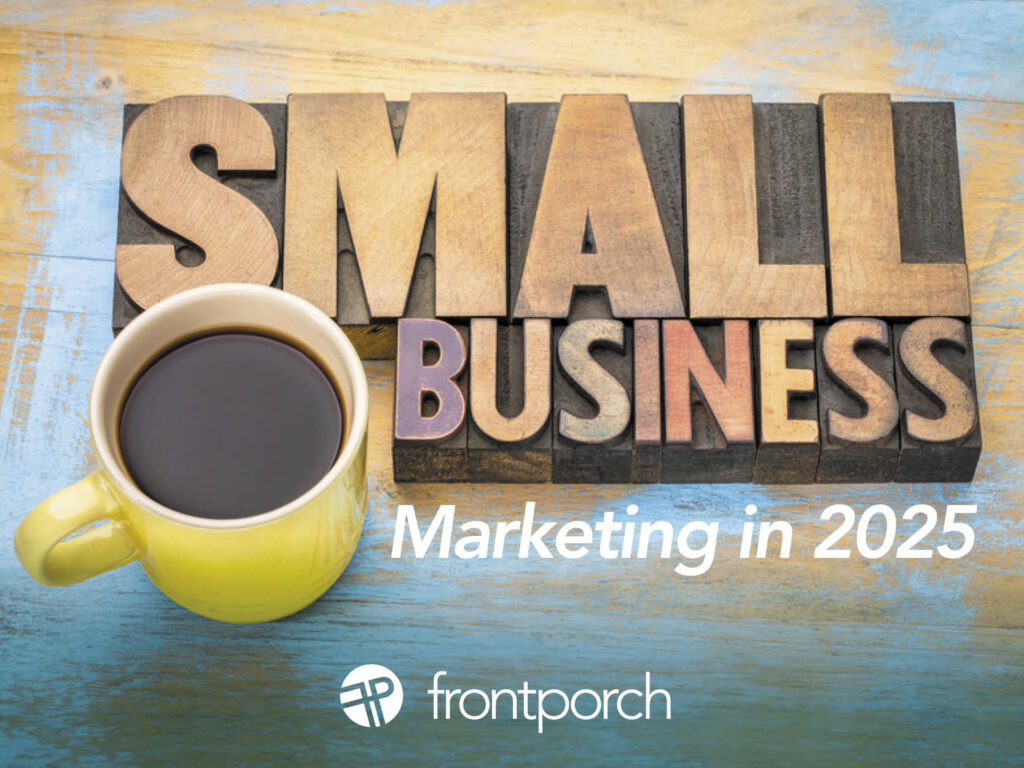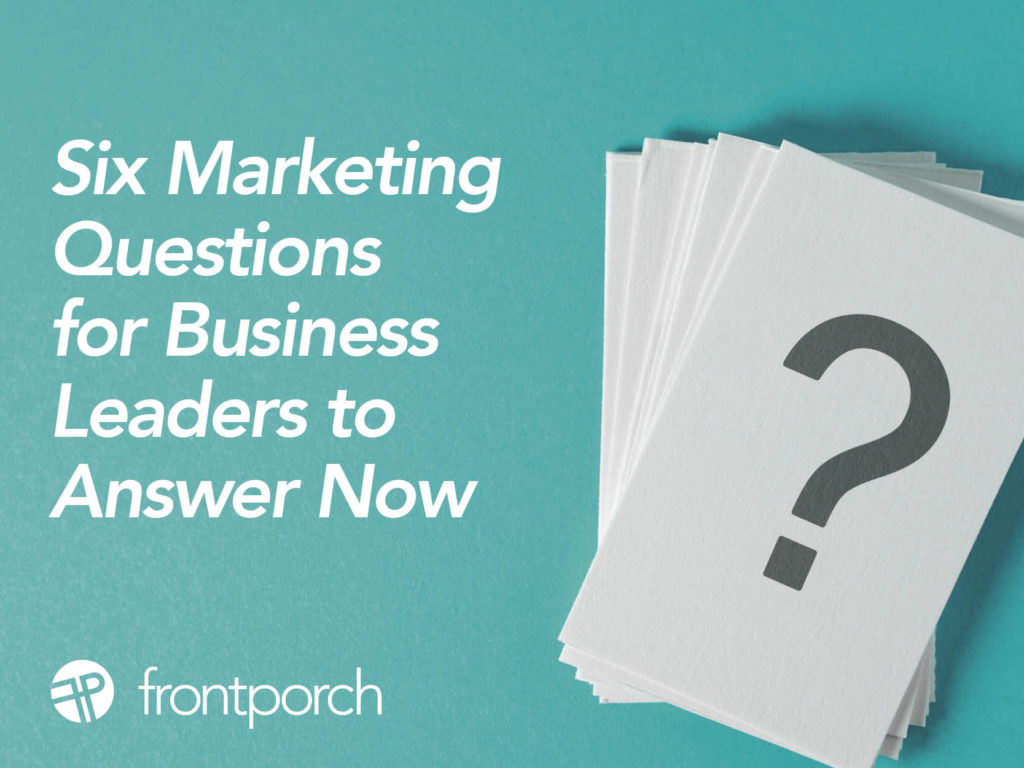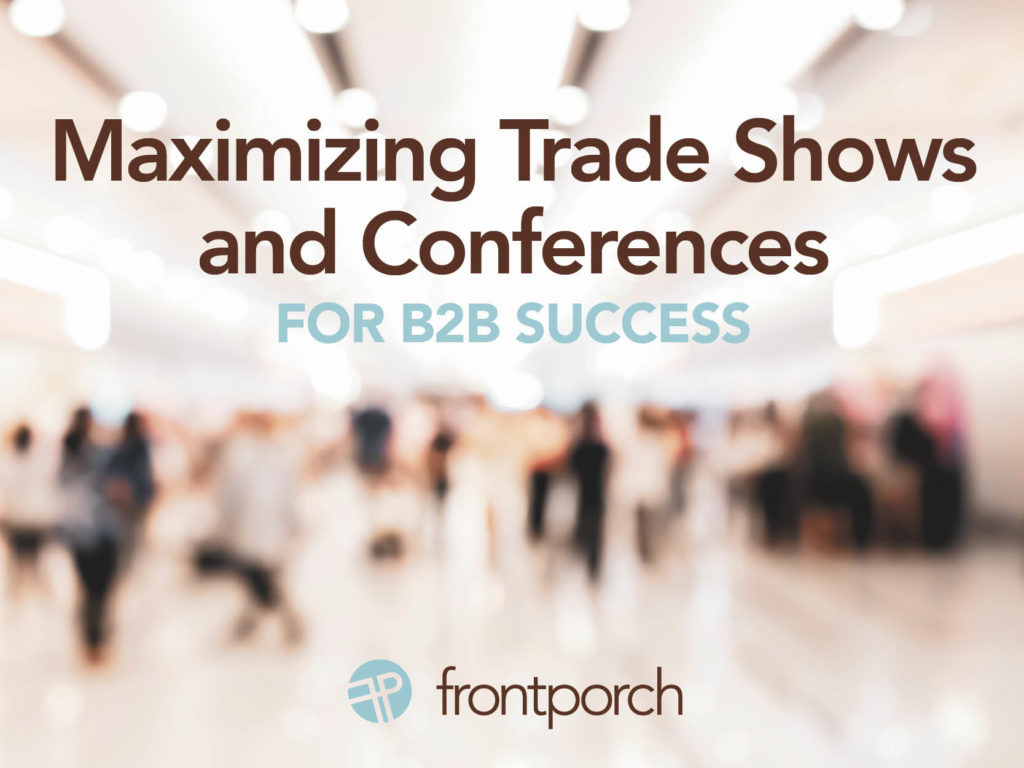
We’re 14 this year. And I admit it. In addition to being an entrepreneur, business owner, mother, wife, volunteer, brander and marketer, I am a “Swiftie.” However, there are a few things I disagree with powerhouse entrepreneur and musical genius Taylor Swift on. One of those things is that indeed, “At 14 there is so much you CAN do.”
Front Porch Marketing Started Rockin’ 14 Years Ago
As I reflect on the years since founding Front Porch Marketing in March 2011, there is so much in which to give thanks. We have had and continue to have the support of many people, in business and life. Mentors, current and former clients and team members, advocates, friends, family members and I could go on and on. I am so grateful and humbled for each and every person who continues to rock our Porch.
Without further ado, to y’all who have been with us since the beginning, in the middle, jumped on the Porch recently and those to come, I share these things.
14 Branding, Marketing and Business Must-Haves and Guardrails for 2025
1 Branding
Know what your brand should be. How is it relevant to your target? Does everyone within your organization know what your brand stands for? Your internal team should be convicted. Your brand should be creating emotional connections. Consistently communicate your brand at every point of contact with all your audiences. This has been our foundational message to clients for 14 years.
2 Marketing Plan
“Failing to plan, is planning to fail,” said Benjamin Franklin. Have you created your marketing plan? Did you stick to it? Are you reviewing your goals, targets, strategies, tactics, budget, etc. quarterly? How is your ongoing measurement compared to your goals?
3 Client and Customer Insights
Talk to or have an agency partner your current clients. Identify strengths and weaknesses. Gather feedback. Discover new opportunities. Enhance customer experience. Validate marketing and sales strategies. All of this results in stronger relationships.
4 Website
Audit your current website. Is the creative on brand? Are you using SEO to make your site more visible in search? Does your content answer customer questions? Does it have a strong Call to Action (CTA)? Are you monitoring and measuring analytics?
5 Strong Creative
This sets you apart from competitors. When someone within your organization wants to drive creative ideas based on what they like and then another person wants to DIY creative, you are diluting your brand. Show you are established and have professionals working on your brand. This is not the area to bring in-house unless you have a creative director who has a graphic design designer or creative team. Hard stop.
6 Interesting and Personalized Content
Are you listening to your clients or customers? Is your copy concise? Is it compelling? If you have engaged your office manager, or person on your team with an English degree, etc., to write your content, how is that working for you?
7 Organic Social Media
Organic social content is more relatable and real. Consistency on social media is paramount. We know a consistent organic social media strategy drives results.
8 AI
How are you utilizing AI? What drives us crazy about it is when a client says just post this using AI to generate content. Nope. Not. Humans still matter. But there are ways to complement what you are doing and improve efficiencies by using AI.
9 Paid Strategy
How can you amplify your organic social? Want to engage potential clients or customers? With limited budgets over 14 years, we have found multiple ways to leverage paid digital advertising strategies to achieve goals.
10 Sustainability
For long term business success, people, profit and planet must be woven into your business and marketing strategies. Sustainability does matter. Your team cares about it. Your clients and customers will remain loyal to you because of it. How can we help with this?
11 Pivoting and Testing
Marketing isn’t a one size fits all. Try something. Make sure it is on strategy and on-brand. Analyze it. And if it is working, amplify it. Do more of that. This strategy of pivoting and testing has been working for our clients for 14 years.
12 Video
A simple video marketing strategy can cut through the clutter. Video doesn’t have to be over produced or over-thought. You don’t have to necessarily entertain. Be you do need to be helpful, on-brand and meaningful in your video messaging.
13 Sales Support
Sales and marketing go hand-in-hand. What are you or your sales support doing together to drive leads? We have some tried-and-true ideas here — that we’ve successfully deployed over the last 14 years — and would be happy to have a call with you to share.
14 CRM
A simple customer relationship management system (CRM) helps maximize interactions and engagements with all audiences. There are many more benefits. We would love to set up a call to wax further lyrical here. Call us.
14 Years is Just the Beginning
To all business and nonprofit leaders who have considered all these must-haves and guardrails for 2025, kudos to y’all. Let’s keep doing more of that! And, on this our 14th year, please know Front Porch Marketing folks, “You’re Still the One.”









